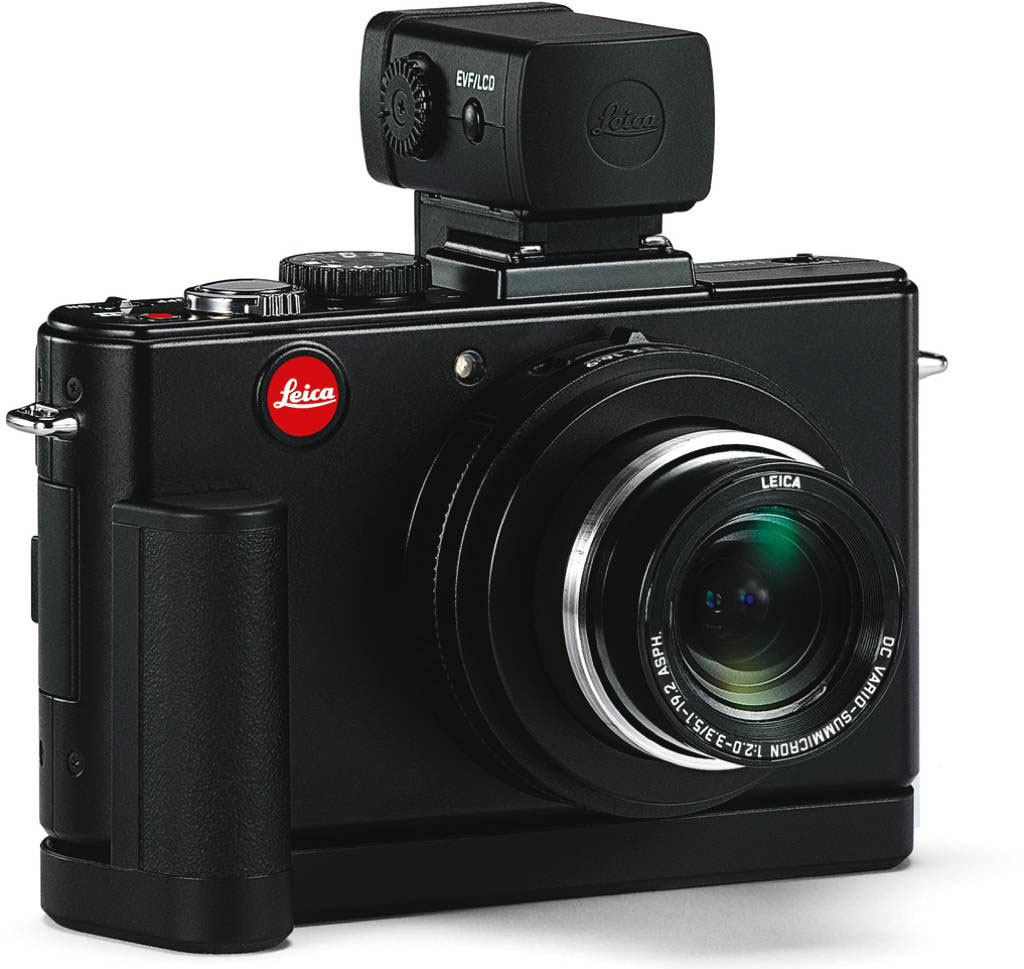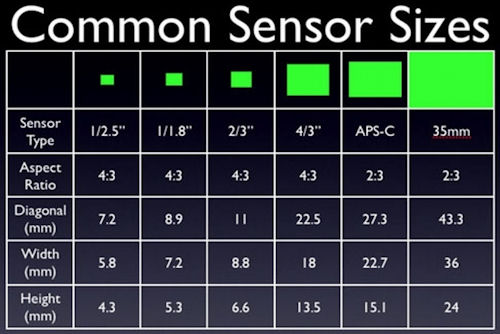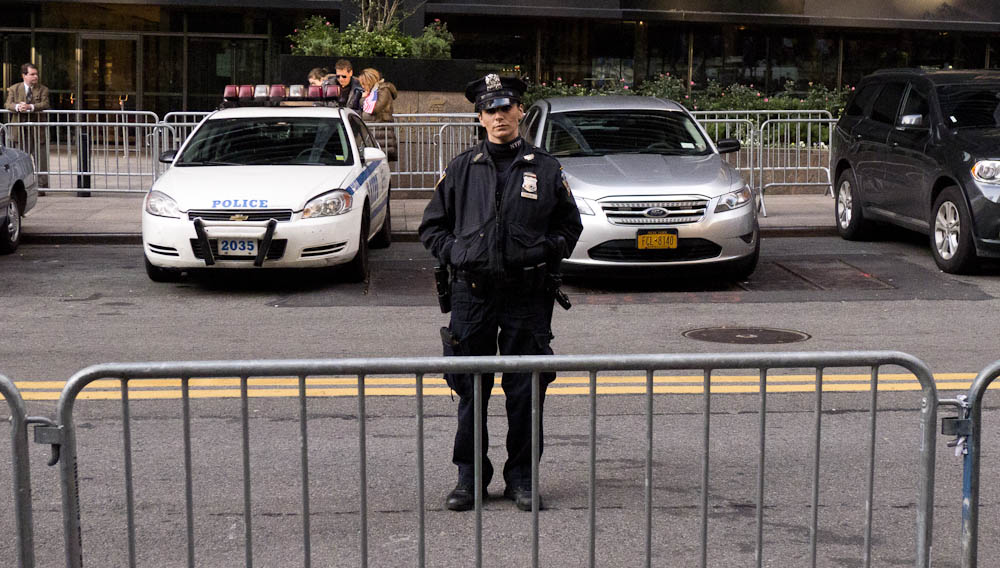Leica D-LUX5
/Leica D-LUX5
I sold my Canon 5D Mark 2 package recently so as to not be tempted to shoot video with it. But I miss shooting stills bad so have been trying to find a small camera to tide me over until the the "next big thing" comes out, whatever that may be. Personally, I'm hoping for a full frame (though APS-C is more likely) Canon or Nikon EVIL camera, a Mirrorless SLR - basically a small housing containing the sensor block, electronic viewfinder, and interface - something more or less like the Sony Alpha NEX-7 but maybe even smaller. I realize that's a tall order but not outside the realm of possibility.
I've been playing around with the Leica D-LUX 5, basically a point and shoot with the inclusion of advanced manual control and RAW image capture which is what turned me on to it.
It's a great size which is probably the best thing it has going for it. I must confess, that little red Leica logo looks pretty sharp but is it worth $800? The Panasonic LX5 is the EXACT same camera sans the Leica logo and is less than half the price. Supposedly the lens coatings are better in the Leica D-LUX 5 but that's neither here not there. Unfortunately, the D-LUX 5's camera's sensor is a miniscule 1/1.63".
In this era of affordable large sensor capture where shallow depth of field is omnipresent, there is nothing sexy or emotionally exciting about images from a sensor this small. Photographed objects have no roundness and there is no optical separation indicating depth within the scene. This is my number one grief with point and shoot cameras. My other big grief is also sensor related - imagers this small are very prone to noise and have a hard time resolving much of anything in low light, even with a relatively fast lens, f/2, like on the D-LUX 5.
The RAW capture is a great feature and in my opinion, should be an option on more stills cameras at this price point. It's nice to have a little flexibility to work with the image after the fact but unfortunately the image isn't robust enough to really push it around as much as you might like. The noise floor becomes apparent quickly even at low ISO's so you still need to be very careful with your exposures and get as much light in there as you can before clipping.
Because it's so small and inconspicuous, the photographer is able to get work and keep a low profile. Here are a few images I got down at Zuccotti Park of the Occupy Wall Streeters. I like some of these but I wish there was more optical separation and it's just not possible with an imager this small.
The long and short of it is - this is a nice camera but anyone spoiled by higher quality images will find it a little dissappointing. I'm holding out for something nice and small with at least a APC-C imager though.
This thing actually looks kind of cool.. Fujifilm X100












 © 2021 Bennett Cain / All Rights Reserved /
© 2021 Bennett Cain / All Rights Reserved /